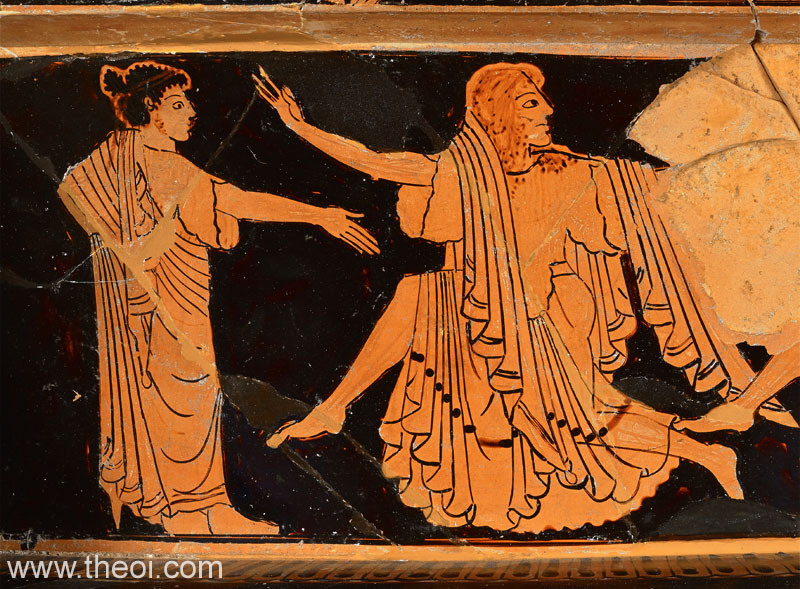Implementation---Getting from Here to There
by
Charles Lamson
The implementation process involves the following: identifying alternative solutions and appropriate implementation strategies; anticipating the probable consequences of each of the alternative strategies; and choosing a specific strategy and implementing it.
This stage of the change process involves the translation of diagnostic data into change goals and plans, strategies, and procedures. Questions such as the following must be asked: How can change be effected in a work group or organization, and how will it be received? What is adaptive, and what is resistant to change within the environment?
Once your analysis is completed, the next step is to determine alternative solutions to the problem(s). Hand in hand with developing alternative solutions is determining appropriate implementation strategies. Three approaches are helpful in the implementation process: Lewin's change process and force field analysis and Schein's idea of psychological safety. This post will focus on Lewin's change process
Lewin's Change Process
In examining change, Kurt Lewin identified three phases of the change process---unfreezing, changing, and refreezing.

Unfreezing
The aim of unfreezing is to motivate and make the individual or the group ready to change. It is a thawing-out process in which the forces acting on individuals are rearranged so that now they see the need for change. According to Schein, when drastic unfreezing is necessary, the following common elements seem to be present: (1) The individuals being changed are physically removed from the accustomed routines, sources of information and social relationships; (2) all social supports are undermined and destroyed; (3) the individuals being changed are demeaned and humiliated so that they will see their old attitudes or behavior as unworthy and thus be motivated to change; (4) reward is consistently linked with unwillingness to change.
Changing
Once individuals have become motivated to change, they are ready to be provided with new patterns of behavior. This process is most likely to occur by one of two mechanisms: identification or internalization. Identification occurs when one or more models are provided in the environment---models from whom individuals can learn new behavior patterns by identifying with them and trying to become like them. Internalization occurs when individuals are placed in a situation in which new behaviors are demanded of them. They learn these new behavior patterns not only because they are necessary for survival, but also because new high-strength needs are induced by coping behavior.
Internalization is a more common outcome in those influence settings where the direction of change is left more to the individual. The influence that occurs in programs such as Alcoholics Anonymous, in psychotherapy or counseling for hospitalized or incarcerated populations, in religious retreats, in human relations training, . . . and in certain kinds of progressive education programs is more likely to occur through internalization or, at least, to lead ultimately to more internalization.
Identification and internalization are not either/or courses of action. Rather, effective change is often the result of combining the two into a strategy for change.

Compliance is sometimes discussed as another mechanism for inducing change. It occurs when an individual is forced to change by the direct manipulation of rewards and punishment by someone in a power position. In this case, behavior appears to have changed when the change agent is present, but it is often dropped when supervision is removed. Thus, rather than discussing force or compliance as a mechanism of changing, we should think of it as a tool for unfreezing.
Refreezing
The process by which the newly acquired behavior comes to be integrated as patterned behavior into the individual's personality or ongoing significant emotional relationships is referred to as refreezing. According to Schein, if the new behavior has been internalized while being learned, "this has automatically facilitated refreezing because it has been fitted naturally into the individual's personality. It has been learned through identification, it will persist only so long as the target's relationship with the original influence model persists, unless new surrogate models are found or social support and reinforcement are obtained for expressions of the new attitudes."

This statement highlights how important it is for an individual engaged in a change process to be in an environment that continually reinforces the desired change. The effect of many training programs has been short-lived when the person returns to an environment that does not reinforce the new patterns or, even worse, is hostile toward them.
*SOURCE: MANAGEMENT OF ORGANIZATIONAL EFFECTIVENESS: LEADING HUMAN RESOURCES, 8TH. ED., 2001, PAUL HERSEY, KENNETH H. BLANCHARD, DEWEY E. JOHNSON, PGS. 380-382*
end
|

No comments:
Post a Comment